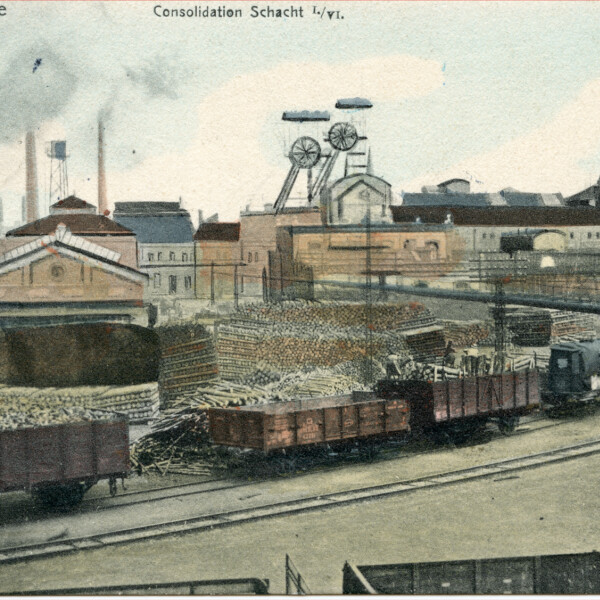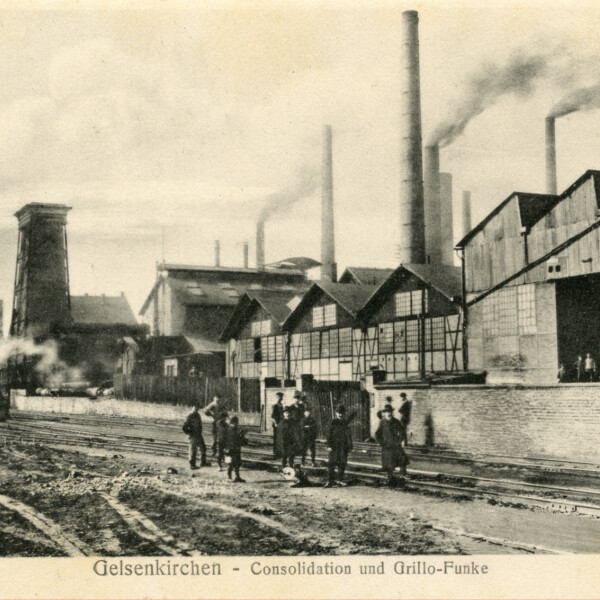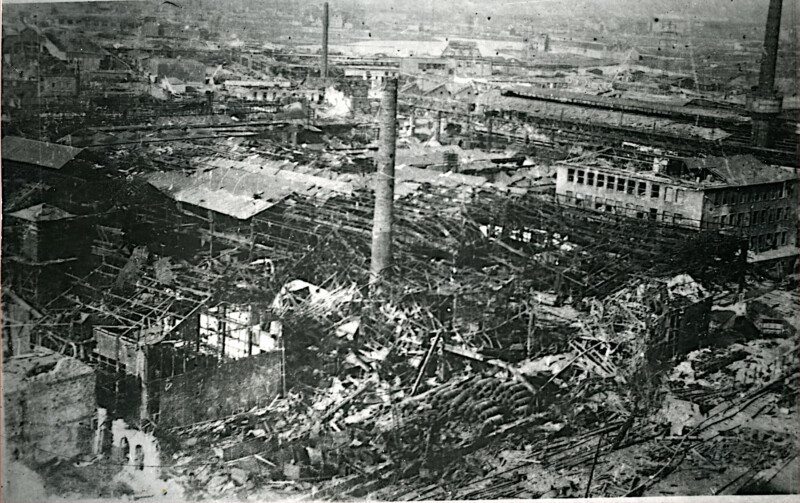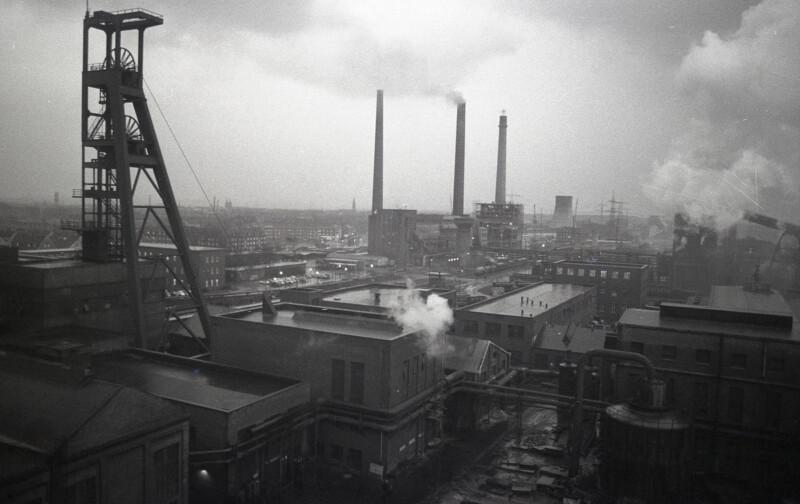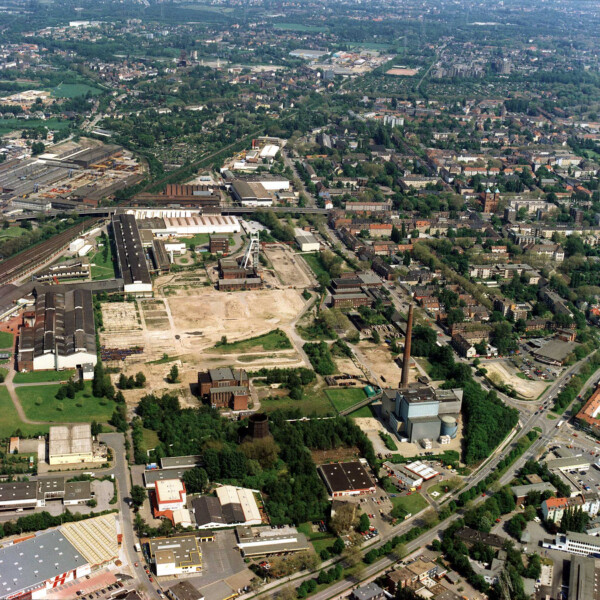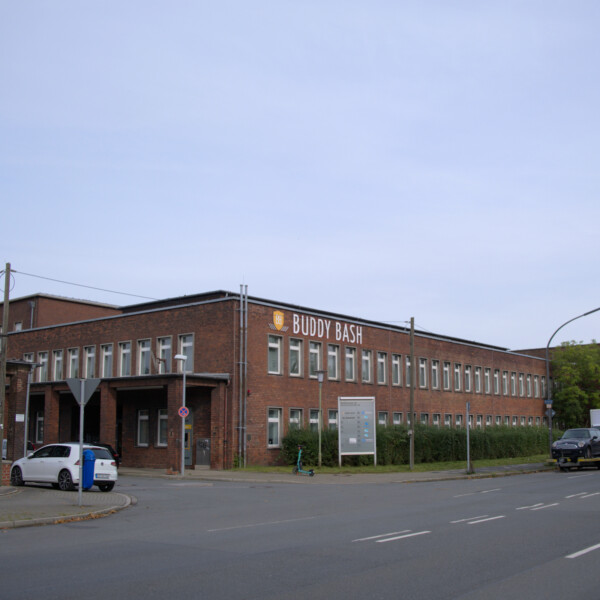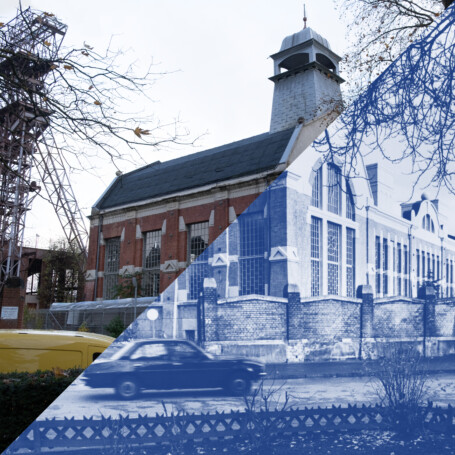Consolidation Colliery 1/6


When Grillo turned Schalke upside down
What is this entrepreneur up to? For centuries, the people in the village of Schalke have led a tranquil life as farmers. But now, in July 1863, axe blows from the dense forest near House Goor echo across the fields and disturb the peace of the 300 people in the village. A certain Friedrich Grillo, a wealthy industrialist from the neighbouring town of Essen, has recently acquired several mining fields in Schalke and the surrounding area. Rumour has it that there is a huge coal deposit under Schalke that Grillo wants to get his hands on. And the two men clear the forest with their axes to make room for Grillo's first colliery. The inhabitants of Schalke have already seen what this means when they visit the church in the neighbouring village of Gelsenkirchen: The Hibernia Colliery was founded there a few years ago. Since then, 300 Irish and English people - as many people as live in Schalke - have been extracting coal from the ground with a lot of noise. The people of Schalke suspect that everything could soon be different in their village once Grillo's colliery is completed.
In 1865, the Consolidation colliery - whose name refers to the merging of several mining fields - began operations with its Shaft 1 on Gewerkenstraße. The villagers' premonitions were to be far exceeded: The tranquil farming settlement of Schalke was transformed into an industrial village almost overnight. No other district of today's Gelsenkirchen was changed by the industrial revolution as much as Schalke. In the following eight years, four other large companies, including Gutehoffnungshütte, set up shop alongside Consolidation Colliery. Grillo continued to look after "his" Schalke. He was personally involved in the construction and completion of St Joseph's Church, which was consecrated in 1888. In 1898, twelve years after Grillo's death, the residents erected a memorial to the founder of "Schalke-Land" in the form of a fountain at Schalke Market, the remains of which can be seen today on Grillo Square.
Even after Grillo's death, the success of the Consolidation Colliery continued. For a short time, it grew to become the largest colliery in the Ruhr region. The Consolidation Colliery 3/4/9, which was founded later, was also one of the most modern. In the 1920s, Schalke and Consolidation were synonymous with high-tech. In 1967, shafts 1 and 6 of the Consolidation Colliery at Schalke Market went silent: in view of the worsening coal crisis, both shafts were shut down. In 1993, the lights also went out at 3/4/9 - after 130 years, Friedrich Grillo's most beautiful colliery shut down. What remains are a few remaining witnesses to Schalke's industrial past. But perhaps the greatest legacy that came from the Consolidation Colliery is louder than ever today: in 1904, a few lads who worked at the Consolidation Colliery 1/6 and regularly met after their shift to play football at House Goor founded a football club that was to become one of the biggest in the country.


